Integrating Email Marketing, CRM, & Marketing Automation, part 1

On its own, email marketing is a powerful tool to drive engagement and sales. Combined with insights from your CRM and using intelligent marketing automation triggers, email marketing can become an essential revenue driver for your business. This blog series covers how to integrate CRM insights and marketing automation with your email campaigns to obtain maximum results.
Lead Generation, Increased Sales, or Both?
Before we begin the practical tasks of assigning email triggers and figuring out scores for prospects, we first need to define what it is we want to accomplish from this integration.
Do you want to find more qualified leads for your sales team to close, or are you looking for individuals who will purchase products or services from your site? Depending upon your business model, you may be looking for both. However, it’s helpful to start with one or the other and then use your initial set up as a template for further optimization and integration.
Finding Your Best Prospects
For the purposes of this blog post, we’re going to assume that you are running a lead generation campaign and want to find more qualified leads for your business. To do this, you may have already set up an email marketing funnel wherein people sign up to your list in exchange for a piece of highly valuable content. You may also be mailing this list regularly with valuable content that you have created or curated from across the web.
From this basic set up, we can start to develop a “Qualified Lead Profile” based on individuals on your list who have already converted into customers. Think of this as a customer persona directly attuned to actions your customers take before they become your customers. To define this profile you would answer such questions as:
- What content do clients view before they sign a contract?
- What information do clients download when making a decision about our services?
- Which pages on my website most strongly signal buying intent?
- What information are prospective clients most interested in during a sales call?
- What questions do potential clients most often have before they decide to purchase?
- Which pages on my website do potential clients never or seldom view?
- What factors most heavily influence a prospect’s decision to buy?
If no one on your list has converted yet, or you were in the very beginnings of building an email list, you can still create your best educated guess for qualified lead profile. To do this, consider what content on your site is most directly related to the comparison and decision phases of the buyer’s journey. This will most likely be content such as case studies, product or service demonstrations, end of funnel webinars, or tutorials which integrate your product or service.
Rate this content on a scale: -10 to 10 to start. Use higher numbers to signify the greatest level of buying intent, and negative numbers to indicate a lack of buying intent.
For example, viewing a past webinar may rate 8 in terms of buying intent, while viewing your job openings page may rate a -5 in terms of buying intent. Add up the scores of the top 5-7 actions most of your clients take before you close a deal, and you have the threshold score you need for a lead to be highly-qualified.
If you have a great deal of content you may expand the rating scale further if necessary – there are no wrong answers when it comes to the number scale you use. Once you have this content identified and ranked, you are ready to begin the initial CRM integration, which we’ll cover in our next post.
NEW for 2021: Join the free monthly marketing workshops
Sign up for hands-on practical strategy and working sessions each month to help you plan, execute, and optimize your online marketing.
